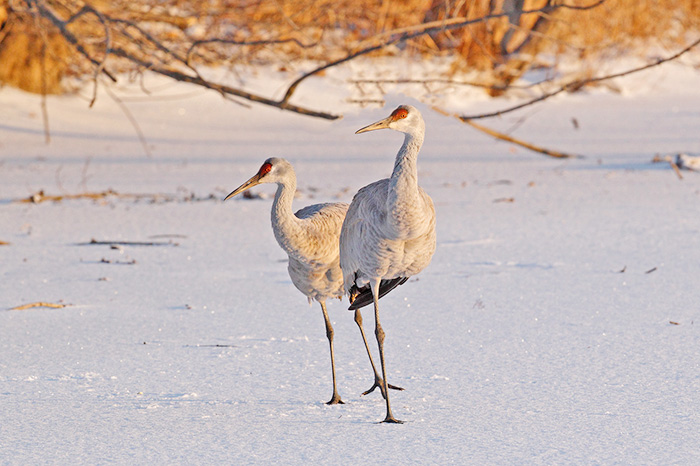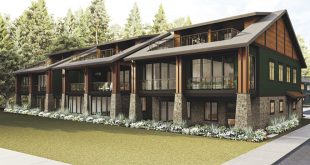Birder Thomas Ranney e-mailed The Chronicle to let us know that “this morning (Friday, April 22nd) four sandhill cranes flew low over my property in Hartford.”
Mr. Ranney said he heard the birds before he saw them.
“I was not sure what those nighttime sounds were because I did not believe that sandhill cranes could be here.”
He included an iPhone video clip. The sound is distinct and memorable.
“These spectacular sandhill cranes should create quite a stir among local birders,” Mr. Ranney added, speculating, “The cranes may gravitate to the Fort Edward IBA” — Important Bird Area.
A range map on Wikipedia indicates that sandhill cranes range widely in the west and central U.S. and Canada, and into Mexico, western Cuba and Florida.

It indicates they don’t frequent the Northeast.
At Mr. Ranney’s suggestion, The Chronicle contacted Fort Edward’s celebrated wildlife photographer Dr. Gordon Ellmers, who said he wasn’t aware of the current sandhill crane sighting.
He provided a photo he took “several years ago” when sandhill cranes came to Halfmoon in Saratoga County.
Mr. Ranney said, “One pair has reportedly reproduced in the Adirondacks. I would assume that others have nested elsewhere throughout the Northeast.
“I am wondering if the species might attempt to nest here in the wetlands project when it is completed.”
He says hopefully, “Listen for this sound in spring and fall in the future as it may become more common.”
The National Park Service said sandhill cranes “are large birds, standing 3.2 to 3.9 feet tall, with a wingspan of 5.9 to 6.5 feet.”
The Wikipedia entry says sandhill in the crane’s name refers to “habitat like that at the Platte River, on the edge of Nebraska’s Sandhills on the American Great Plains.”
The Department of Environmental Conservaton said they’re the only species of crane that nests in New York State.
The Park Service said, “Adults have an overall gray plumage with a white throat and a striking red crown of feathers on their forehead. Juveniles work their way up to those colors, wearing a lighter, rusty coat and lacking the white and red patches on their head until they are about a year old.”
They’re “known for their long legs, large wingspans, and graceful mating dance.”
Copyright © 2022 Lone Oak Publishing Co., Inc. All Rights Reserved
 Glens Falls Chronicle Serving the Glens Falls/Lake George region; Warren, Washington and northern Saratoga counties since 1980
Glens Falls Chronicle Serving the Glens Falls/Lake George region; Warren, Washington and northern Saratoga counties since 1980


